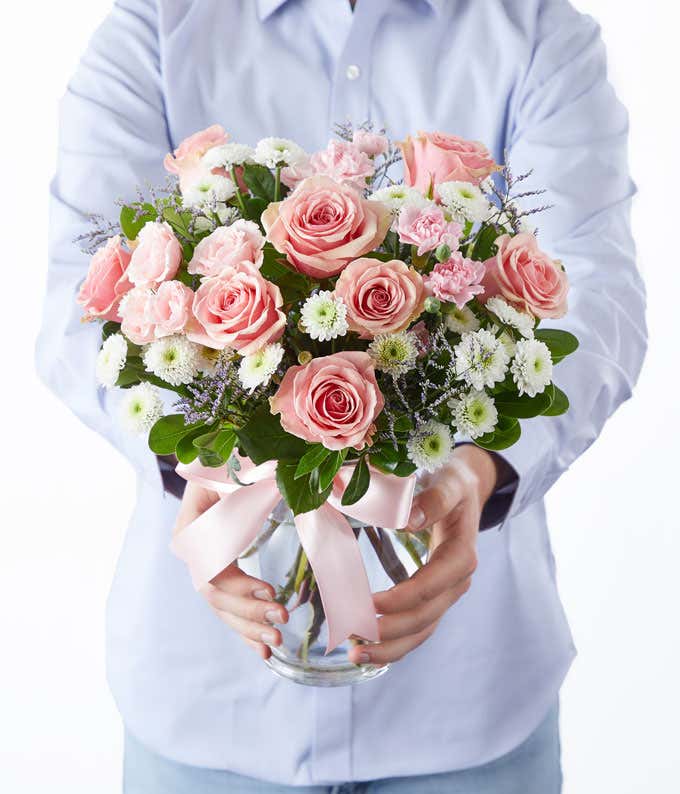- Flower Resource Guide Home
- Occasions
- Anniversary
- Birthday
- Business
- Christmas
- Christmas Around the World
- Christmas Decorating
- Christmas History Trivia
- Funeral & Sympathy
- Funeral and Sympathy Flowers
- Funeral and Sympathy Etiquette
- Types of Funeral Flowers
- Get Well
- Halloween
- This History of Halloween
- Halloween Decorating & Craft Ideas
- Mother's Day
- Gift Ideas for Mother's Day
- What Day Does Mother's Day Fall On?
- Mother's Day History
- New Baby
- Thank You
- Thanksgiving
- History of Thanksgiving
- Thanksgiving Flowers & Crafts
- Valentine's Day
- History of Valentine's Day
- Valentine's Day Flowers & Gifts
- Decorating with Flowers
- Flower & Plant Care
- How to Keep Flowers Fresh
- Flower Meanings
- Meaning of Roses
- Floral Astrology
- Flowers for Men
- Fun Flower Facts
- What are the Different Parts of a Flower?
- What are the Most Popular Houseplants?
- State Flowers
- New Jersey
- North Carolina
- Flower Names for Kids
- How to Make Chocolate Covered Strawberries
- What is the Purpose of Flowers?
- Benefits of Flowers and Plants
Flowers do much more than just provide beauty and lovely scents. Their primary purpose is reproduction. During the reproductive process, flowers make use of their colorful petals to attract pollinators such as insects and animals. These creatures are also lured by the nectar that flowers produce in their nectaries, glands that are often found at the base of their petals. By producing nectar, flowers are able to provide food for the insects that help to pollinate the plants. After a flower is pollinated, its fertilized ovule develops into a seed that can create a new plant; and the ovary that formed the ovule becomes a fruit. The process of plant reproduction, then, also generates food for people and animals to eat.

In addition to reproduction, flowers also serve important roles in gardens in particular. Some flowers possess an unparalleled ability to attract insects that are beneficial for the fertilization of other garden plants. On the other hand, certain other flowers can repel unwanted insects that are harmful to garden vegetables and fruits. Employing flowers as "garden guardians" can allow gardeners to decrease the amount of pesticides they use on their crops, which in turn leads to an increased number of beneficial insects in the garden. For instance, lavender is great for repelling fleas, moths, and whiteflies. Japanese beetles, those garden pests, can be attracted and killed by Four O'Clock flowers planted near vegetable gardens (though these plants are poisonous to animals and humans). Furthermore, the act of planting flowers in itself is beneficial to humans, allowing the planter to burn calories and increase elasticity in certain muscles.
The existence of flowers - within gardens or elsewhere - is vastly beneficial to the environment. During photosynthesis, the process by which plants convert sunlight to food, plants (and their flowers) absorb carbon dioxide and release oxygen, thereby helping to remove toxins from the air and provide cleaner air for human respiration. The presence of flowers also has a positive impact on people's emotions. People who are exposed to the greenness of growing plants tend to be happier and friendlier, according to several studies. The use of flowers in different ceremonies or for certain holidays also reveals the impact flowers have on the everyday lives of people. Whether it's roses for Valentine's Day, lilies for Easter, carnations for Mother's Day, or poinsettias for Christmas, it is obvious that the purpose of flowers exceeds just their beauty.